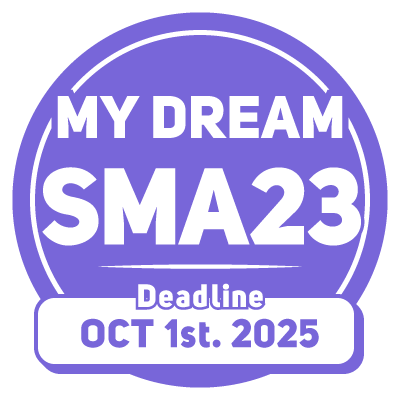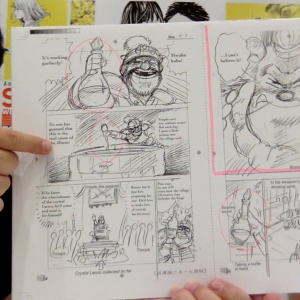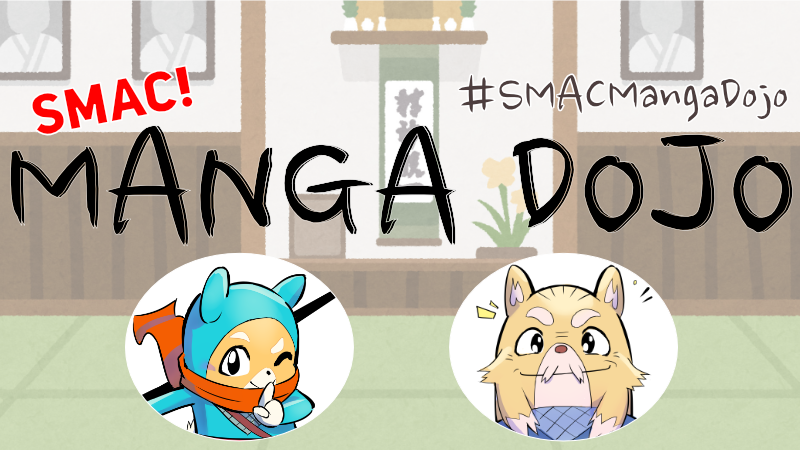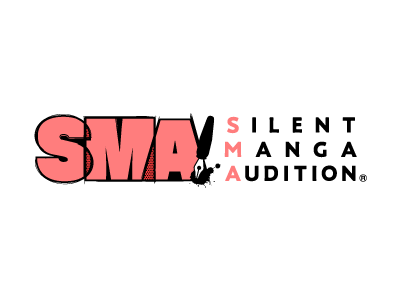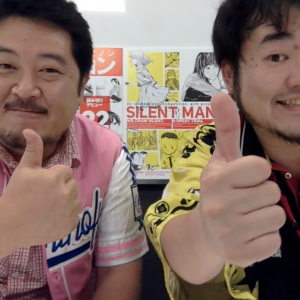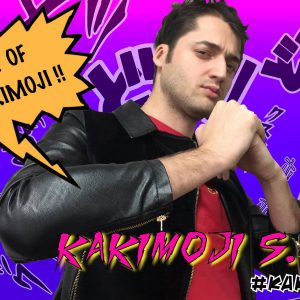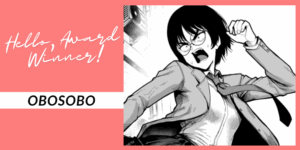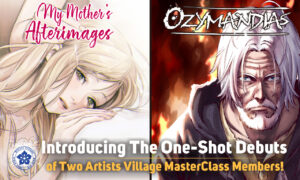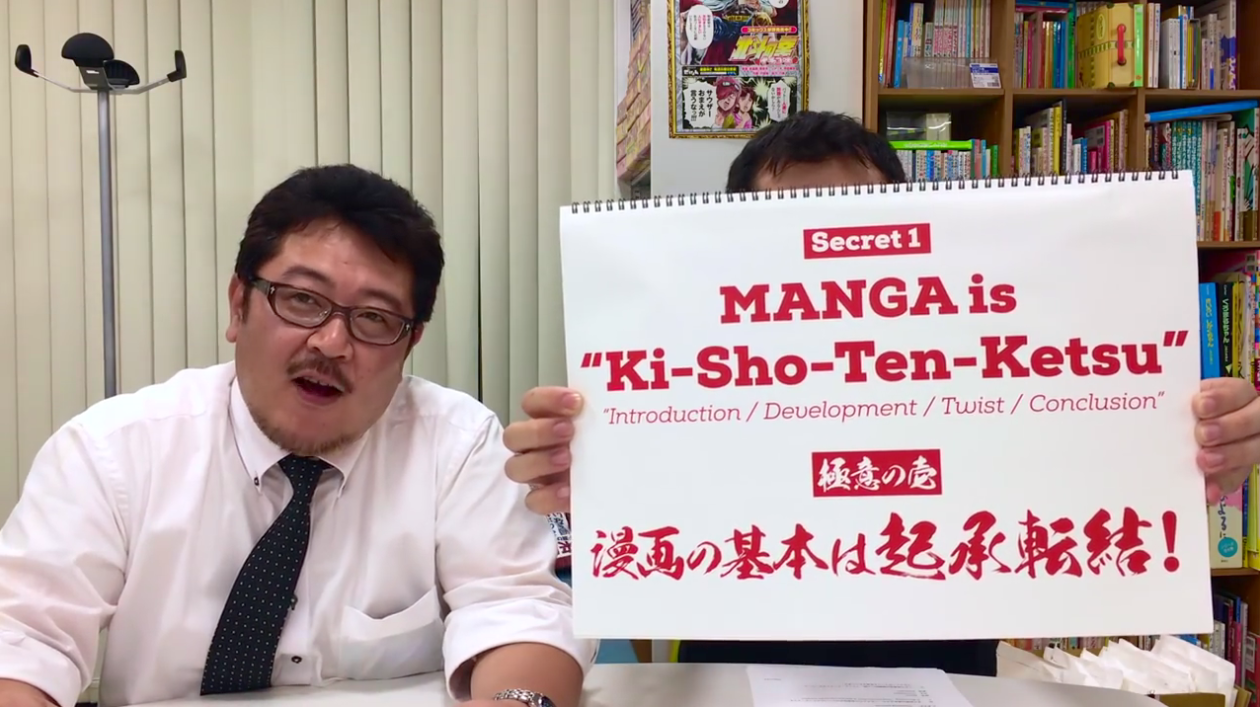
The FOUR Part construction "Ki-Sho-Ten-Ketsu" – Japanese Manga 101 #049
26/08/2016
5 min read
Today, we will talk about one subject, that great manga god Tezuka Osamu, as well as senseis like Tsukasa Hojo and Tetsuo Hara sensei,
ALL been telling over and over and over again.
 While this is known as THE MOST BASIC thinking in Japanese manga creation,
but many of you outside Japan may never heard about it.
If this is the first time you heard this, then please do pay close attention!
The secret art:
MANGA is “Ki-Sho-Ten-Ketsu”
– “Introduction / Development / Turn / Conclusion”
While this is known as THE MOST BASIC thinking in Japanese manga creation,
but many of you outside Japan may never heard about it.
If this is the first time you heard this, then please do pay close attention!
The secret art:
MANGA is “Ki-Sho-Ten-Ketsu”
– “Introduction / Development / Turn / Conclusion”
 In Japan, not only Manga, but any story or novels are constructed in 4 parts.
Pretty much everything here is written, drawn or presented this way!
Internationally, “Three-act structure” is more widely adapted in education and production.
For example, any English teacher would tell you to write using,
the basic paragraph structure.
Topic sentence
Supporting sentence
Concluding sentence
In Japan, not only Manga, but any story or novels are constructed in 4 parts.
Pretty much everything here is written, drawn or presented this way!
Internationally, “Three-act structure” is more widely adapted in education and production.
For example, any English teacher would tell you to write using,
the basic paragraph structure.
Topic sentence
Supporting sentence
Concluding sentence
 In film making, “Three-Act-Structure” is widely known as the standard:
Set-up
Confrontation
Resolution
The “Three-Act-Structure” is widely regarded as the standard,
Used in comic, TV Drama, Documentary or even computer games.
So why do the Japanese Love “Ki-Sho-Ten-Ketsu”, the FOUR part structure ?
We believe it’s all thanks to a Chinese Poet, whose works became a national hit,
influencing many poets and novelist in Japan, around fourteen hundred years ago.
Spring Dawn by Meng Haoran
In film making, “Three-Act-Structure” is widely known as the standard:
Set-up
Confrontation
Resolution
The “Three-Act-Structure” is widely regarded as the standard,
Used in comic, TV Drama, Documentary or even computer games.
So why do the Japanese Love “Ki-Sho-Ten-Ketsu”, the FOUR part structure ?
We believe it’s all thanks to a Chinese Poet, whose works became a national hit,
influencing many poets and novelist in Japan, around fourteen hundred years ago.
Spring Dawn by Meng Haoran
 This, is a very famous poem “Spring Dawn”, by Meng Haoran.
What does each of the 4 lines in poem tell us?
This, is a very famous poem “Spring Dawn”, by Meng Haoran.
What does each of the 4 lines in poem tell us?
 To be frank, this 4 part structure is a bit, illogical.
Often doesn’t make instant sense especially compared to the three part structure.
And “being illogical” is often treated as bad, or perhaps a little immature.
BUT! The Japanese readers as well as the creators absolutely LOVE this 4 parts structure.
Japanese Manga creators use “Ki-Sho-Ten-Ketsu”
– NOT ONLY in story writing, but ALSO, how they layout the PANELS on each and every page.
Sound interesting, doesn’t it?
We’ll talk more about this mysterious 4 parts structure “Ki-Sho-Ten-Ketsu” next week.
Stay tuned!
To be frank, this 4 part structure is a bit, illogical.
Often doesn’t make instant sense especially compared to the three part structure.
And “being illogical” is often treated as bad, or perhaps a little immature.
BUT! The Japanese readers as well as the creators absolutely LOVE this 4 parts structure.
Japanese Manga creators use “Ki-Sho-Ten-Ketsu”
– NOT ONLY in story writing, but ALSO, how they layout the PANELS on each and every page.
Sound interesting, doesn’t it?
We’ll talk more about this mysterious 4 parts structure “Ki-Sho-Ten-Ketsu” next week.
Stay tuned!
 While this is known as THE MOST BASIC thinking in Japanese manga creation,
but many of you outside Japan may never heard about it.
If this is the first time you heard this, then please do pay close attention!
The secret art:
MANGA is “Ki-Sho-Ten-Ketsu”
– “Introduction / Development / Turn / Conclusion”
While this is known as THE MOST BASIC thinking in Japanese manga creation,
but many of you outside Japan may never heard about it.
If this is the first time you heard this, then please do pay close attention!
The secret art:
MANGA is “Ki-Sho-Ten-Ketsu”
– “Introduction / Development / Turn / Conclusion”
 In Japan, not only Manga, but any story or novels are constructed in 4 parts.
Pretty much everything here is written, drawn or presented this way!
Internationally, “Three-act structure” is more widely adapted in education and production.
For example, any English teacher would tell you to write using,
the basic paragraph structure.
Topic sentence
Supporting sentence
Concluding sentence
In Japan, not only Manga, but any story or novels are constructed in 4 parts.
Pretty much everything here is written, drawn or presented this way!
Internationally, “Three-act structure” is more widely adapted in education and production.
For example, any English teacher would tell you to write using,
the basic paragraph structure.
Topic sentence
Supporting sentence
Concluding sentence
 In film making, “Three-Act-Structure” is widely known as the standard:
Set-up
Confrontation
Resolution
The “Three-Act-Structure” is widely regarded as the standard,
Used in comic, TV Drama, Documentary or even computer games.
So why do the Japanese Love “Ki-Sho-Ten-Ketsu”, the FOUR part structure ?
We believe it’s all thanks to a Chinese Poet, whose works became a national hit,
influencing many poets and novelist in Japan, around fourteen hundred years ago.
Spring Dawn by Meng Haoran
In film making, “Three-Act-Structure” is widely known as the standard:
Set-up
Confrontation
Resolution
The “Three-Act-Structure” is widely regarded as the standard,
Used in comic, TV Drama, Documentary or even computer games.
So why do the Japanese Love “Ki-Sho-Ten-Ketsu”, the FOUR part structure ?
We believe it’s all thanks to a Chinese Poet, whose works became a national hit,
influencing many poets and novelist in Japan, around fourteen hundred years ago.
Spring Dawn by Meng Haoran
In Spring one sleeps, unaware of dawn; everywhere one hears crowing birds. In the night came the sound of wind and rain; who knows how many flowers fell?
 This, is a very famous poem “Spring Dawn”, by Meng Haoran.
What does each of the 4 lines in poem tell us?
This, is a very famous poem “Spring Dawn”, by Meng Haoran.
What does each of the 4 lines in poem tell us?
<Meaning> I slept too much this lovely spring morning, the sun’s already up. From everywhere I hear the birds, chirping happily Last night, I heard loud sound of wind and rain, I hope the flowers are okay, but who knows how many flower petals had fallen?This 4 line poem, is the classic example 4 part structure, “Ki-Sho-Ten-Ketsu”. 1, Introduction 2, Development 3, Twist 4, Conclusion Introduction – The intro Development – Develop further on the intro Turn – Look at the event, from a completely different point of view Conclusion – Bring both points of view, to a unified ending
 To be frank, this 4 part structure is a bit, illogical.
Often doesn’t make instant sense especially compared to the three part structure.
And “being illogical” is often treated as bad, or perhaps a little immature.
BUT! The Japanese readers as well as the creators absolutely LOVE this 4 parts structure.
Japanese Manga creators use “Ki-Sho-Ten-Ketsu”
– NOT ONLY in story writing, but ALSO, how they layout the PANELS on each and every page.
Sound interesting, doesn’t it?
We’ll talk more about this mysterious 4 parts structure “Ki-Sho-Ten-Ketsu” next week.
Stay tuned!
To be frank, this 4 part structure is a bit, illogical.
Often doesn’t make instant sense especially compared to the three part structure.
And “being illogical” is often treated as bad, or perhaps a little immature.
BUT! The Japanese readers as well as the creators absolutely LOVE this 4 parts structure.
Japanese Manga creators use “Ki-Sho-Ten-Ketsu”
– NOT ONLY in story writing, but ALSO, how they layout the PANELS on each and every page.
Sound interesting, doesn’t it?
We’ll talk more about this mysterious 4 parts structure “Ki-Sho-Ten-Ketsu” next week.
Stay tuned! 